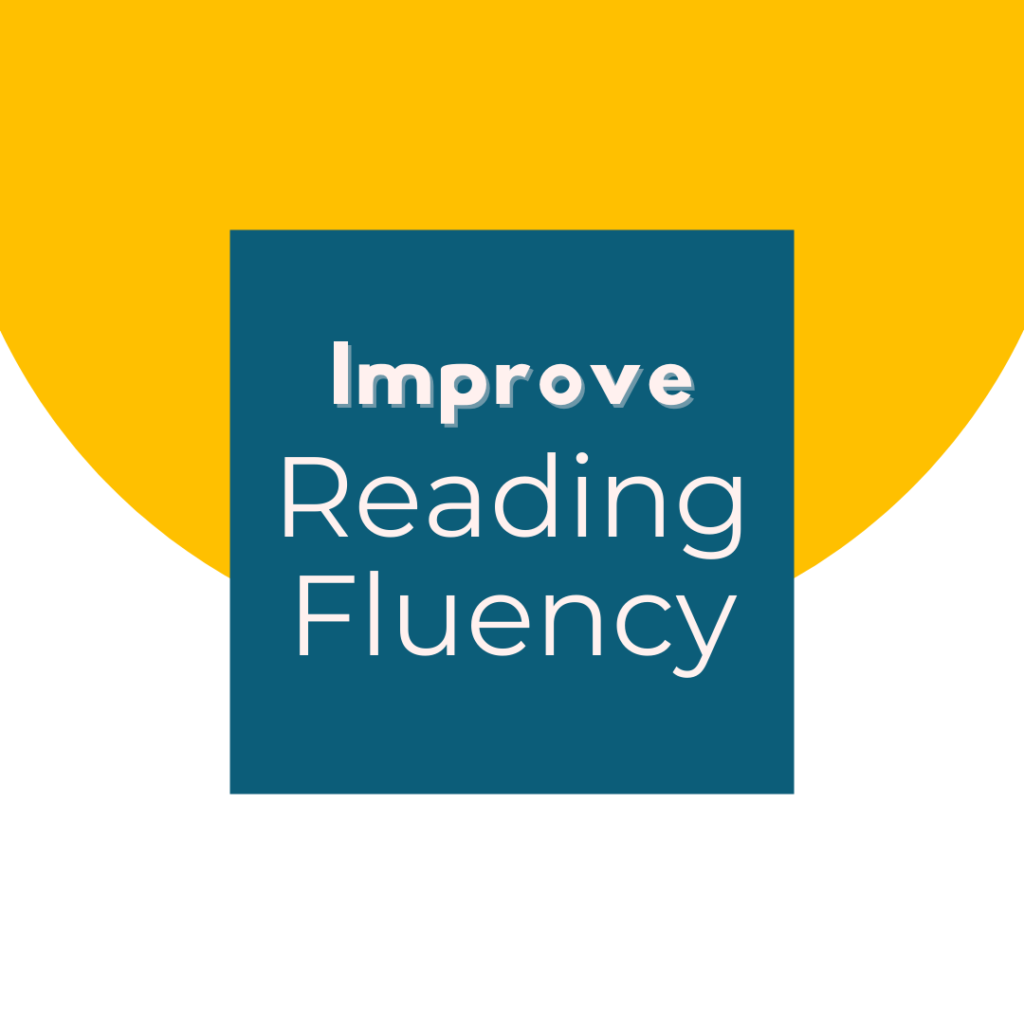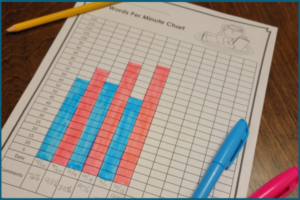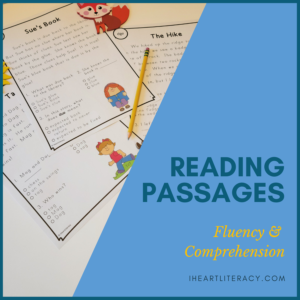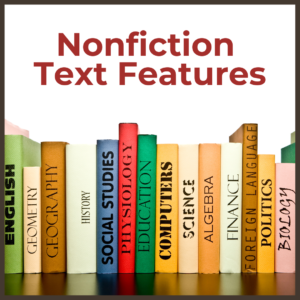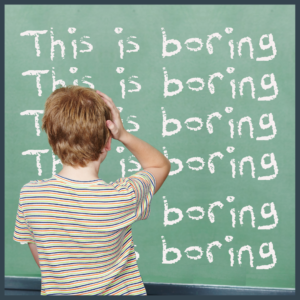When students hear “improve your reading fluency” many equate it with speed, but fluency is so much more than that. Yes, speed is one factor, but reading fluency has more components like accuracy and expression. Together these help build up to the ultimate point of reading: comprehension.
So how can students improve reading fluency? Here are three activities you can start today to improve reading fluency in your classroom.
1. Reading Fluency Components – Accuracy
Often students get so wrapped up in how fast they are reading that their reading accuracy suffers. Small words get skipped, bigger words are guessed at, and overall accuracy (and thus comprehension) falls drastically.
One easy approach to improving reading accuracy is utilizing repeated readings. Repeated readings utilize brief passages (one page at the most) and are simply read a few times to increase accuracy. As students read the passage again and again, they remember more of the structure and verbiage, allowing them to increase both their accuracy and their speed.
With informal repeated readings, students can read the passages several times to themselves before reading for another person.
With formal repeated readings (which I prefer), students first do a “cold read” of the passage and record their correct words per minute and accuracy score. I use these free charts to track student progress.
I track words per minute with the graph and write their accuracy percentage in the comments area at the bottom of the page. Then, the passage is modeled for the student. The student reads the passage independently, with a partner, as homework, etc. to get as many reps in as possible. After a set period of time (that day, the next day, then end of the week – it depends on how much you want your students to practice) students do a “hot read” and record their correct words per minute and accuracy score again.
The growth is both phenomenal and motivational!
2. Reading Fluency Components – Expression
When being timed, students often go into “race mode” and lose all expression, skipping over periods, commas, and any other punctuation to ensure they are reading as many words as possible.
Basic comprehension can still occur for some students if they race through a passage, but for most students the nuance, subtleties, and details are lost.
One of my favorite ways to improve reading fluency is to practice expression with silly voices.
Ask students to read a passage as if they were a cat or really sad or way too excited or a robot. The possibilities are endless!

The best part of this strategy is it gets kids listening to each other and talking about what good expression sounds like.
Reading a passage about getting an amazing birthday present in a really sad voice doesn’t match. So what would a natural expression sound like for that passage?
3. Reading Fluency Components – Speed
Yes – speed is a part of reading fluency and it does need to be addressed, but speed doesn’t mean you’re Mario Andretti or Danica Patrick racing as fast as you can.
The best strategy I have for discussing speed with students is to implement what I call, “The Goldilocks Rule.”
I model reading a passage too fast. I model reading a passage too slow. Then I model reading a passage just right.

We discuss the book Goldilocks and the Three Bears, though there is usually one student who seems to have never heard this story before. Just like Goldilocks kept looking for the “just right” porridge, chair, and bed, we too are looking for that “just right” speed.
Having students model too fast and too slow with partners is always a fun activity and helps drive the point home that we are looking for “just right” speed.
Putting Reading Fluency Together
To improve reading fluency and get to comprehension, three reading fluency components need to be addressed: accuracy, expression, and speed.
Breaking these down for students is vital since they like to latch on to speed as the only factor for fluent reading. But if the goal is comprehension then we need to improve all three components of reading fluency.
Build Fluency Today
If you’re looking for decodable, phonics-based passages for students to improve their reading fluency while also practicing their comprehension skills, then be sure to check out the Reading Passages for Fluency and Comprehension resource line.
We’ve got you covered from basic short vowels, through long vowels, digraphs, silent letters, blends, and more!

